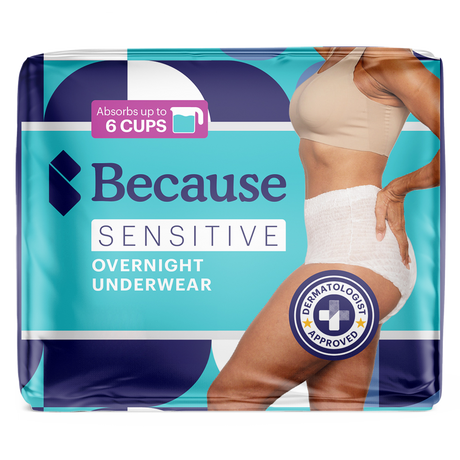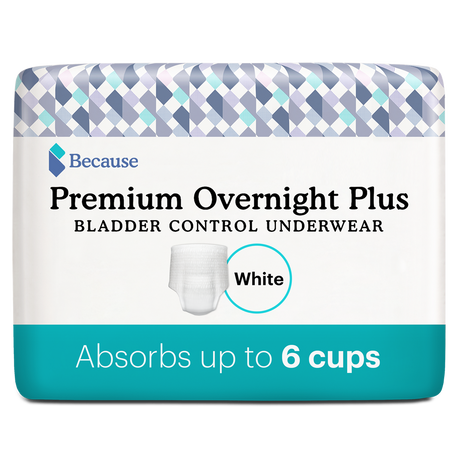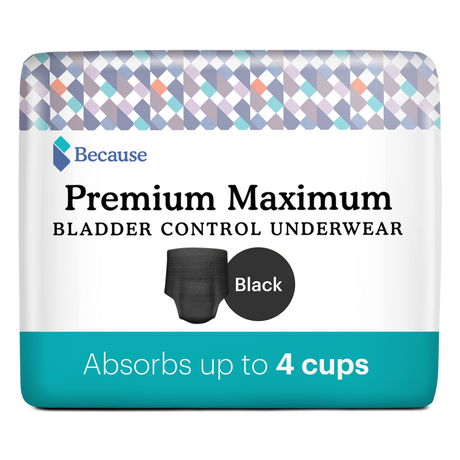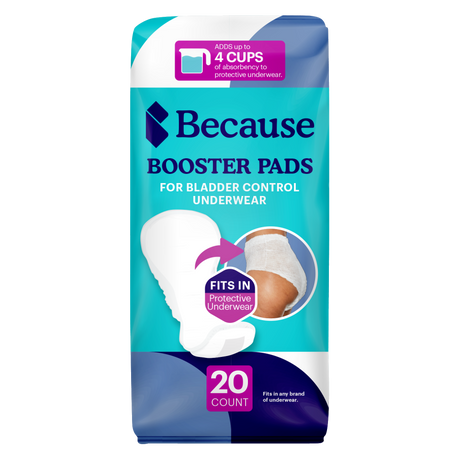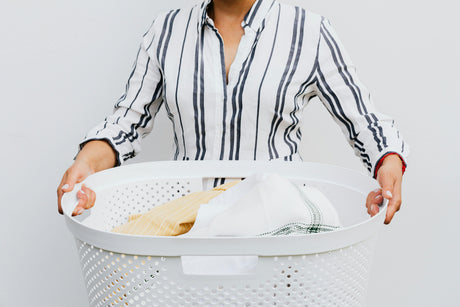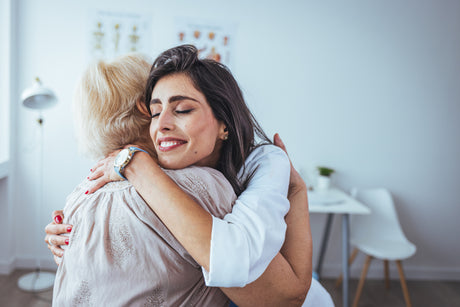Urge incontinence, also known as overactive bladder (OAB), is a condition that affects an estimated 33 million adults in the US alone, significantly impacting their daily lives. One of six common types of incontinence, urge incontinence is characterized by a sudden and intense urge to urinate followed by involuntary leakage of urine, urge incontinence can occur at any age but is more common in older adults. Understanding the symptoms, causes, and available treatments is crucial for managing this condition and improving the quality of life for those affected.

What is Urge Incontinence
Urge incontinence is estimated to affect up to 30% of men and 40% of women in the US, with prevalence increasing with age. Women are more likely to report symptoms of urge incontinence, though the condition affects individuals of all genders. The hallmark symptom of urge incontinence is the overwhelming need to urinate, which is often difficult to control, leading to urine leakage before reaching a bathroom.
Symptoms of Urge Incontinence
The primary symptom of urge incontinence is a sudden, intense urge to urinate, followed by involuntary urine leakage. Other symptoms may include urinating more often than usual, needing to urinate multiple times during the night (nocturia), and the inability to delay urination once the urge is felt. These symptoms can disrupt daily activities and sleep, leading to emotional distress and reduced quality of life.

Causes of Urge Incontinence
Urge incontinence can be attributed to various factors, including:
- Neurological disorders: Conditions like stroke, multiple sclerosis, and Parkinson's disease can interfere with the brain's signals to the bladder, causing involuntary bladder contractions.
- Bladder abnormalities: Issues such as urinary tract infections (UTIs), bladder stones, or tumors can irritate the bladder and trigger urge incontinence.
- Aging: Changes in bladder capacity and function with age can increase the likelihood of developing urge incontinence.
- Lifestyle factors: High intake of acidic foods, caffeine, and alcohol can exacerbate symptoms.
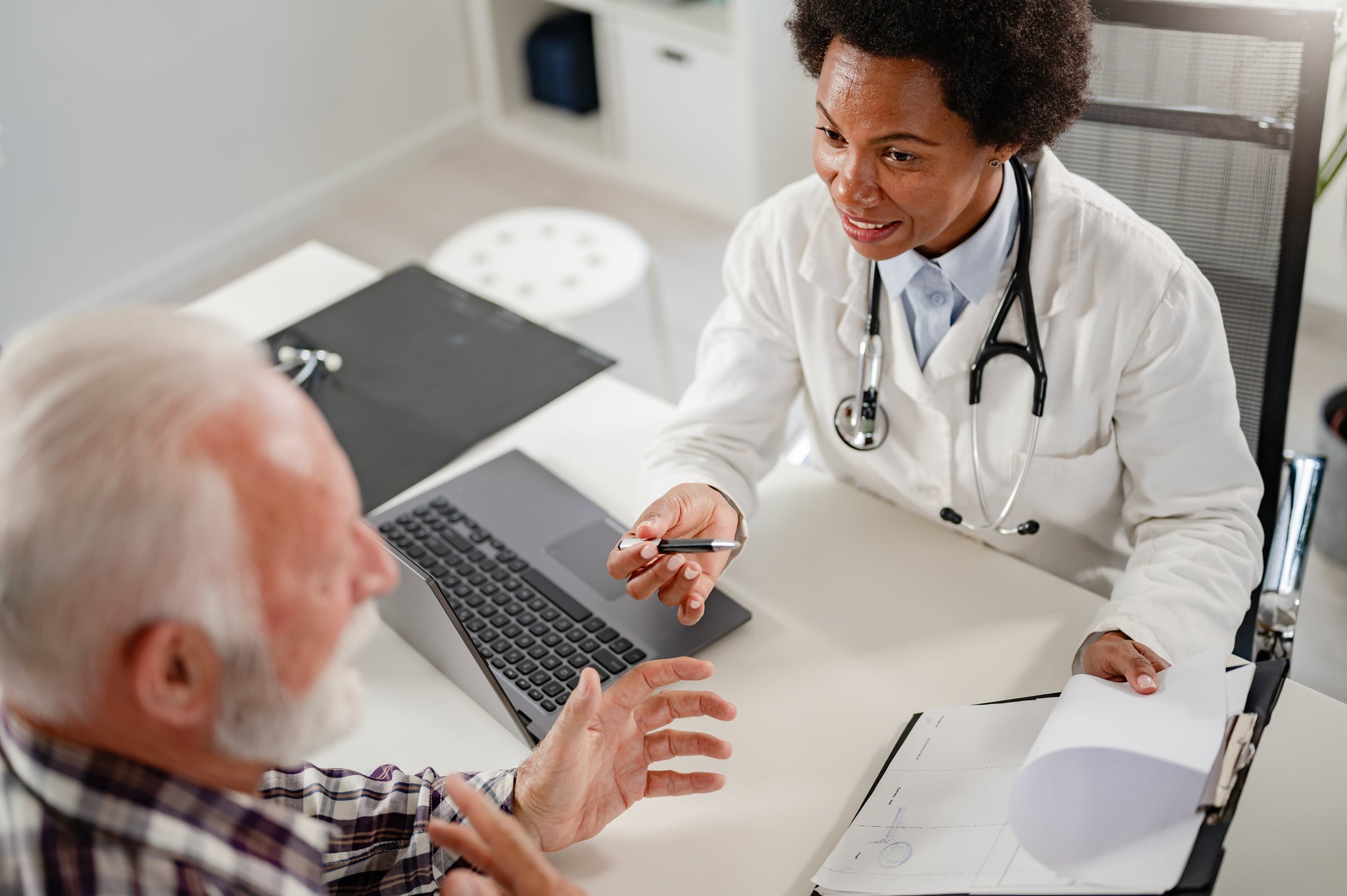
Treatment Options
Managing urge incontinence involves a combination of lifestyle modifications, physical therapy, medications, and sometimes surgery. It’s important to consult with your doctor about which treatment plan is right for you.
Lifestyle changes
Lifestyle changes play a crucial role in managing urge incontinence, offering natural and effective ways to alleviate symptoms and improve bladder control. One of the most impactful modifications is fluid management; this includes regulating fluid intake to prevent excessive bladder filling and avoiding irritants such as caffeine, alcohol, and acidic beverages that can trigger bladder overactivity.
Adopting a healthy diet rich in fiber can also help by preventing constipation, which often exacerbates urinary symptoms. Regular physical activity is beneficial, not only for overall health but also for strengthening the pelvic floor muscles, which support bladder function. Smoking cessation is another critical change, as smoking contributes to coughing that can increase abdominal pressure and urinary leakage.
Bladder training
Bladder training is a highly effective non-pharmacological approach for managing urge incontinence. It involves exercises designed to increase the bladder's holding capacity and extend the time between trips to the bathroom, thus reducing the frequency of urgency and accidents.
The process typically starts with keeping a diary to track urination patterns and identify triggers. Patients are then taught to gradually delay urination following the urge to go, starting with small increments of time and slowly increasing as their control improves. This practice helps retrain the bladder and the brain to control sudden urges, enhancing the ability to hold urine for longer periods.
Bladder training can also include scheduled voiding, where individuals urinate at set times throughout the day, regardless of the urge, to prevent the bladder from becoming too full. Over weeks to months, this method can significantly improve symptoms of urge incontinence, increasing both bladder capacity and the patient's confidence in their ability to manage their condition.
Pelvic floor exercises
Pelvic floor exercises, commonly referred to as Kegel exercises, are a cornerstone in the management of urge incontinence by strengthening the muscles that support the bladder and urethra. These exercises involve repeatedly contracting and relaxing the pelvic floor muscles, which can help enhance bladder control and reduce the frequency of urgency episodes. By improving the strength and endurance of these muscles, individuals can more effectively suppress involuntary bladder contractions that lead to the sudden urge to urinate.
Regular and consistent practice of pelvic floor exercises has been shown to not only alleviate symptoms of urge incontinence but also contribute to overall pelvic health, reducing the risk of related conditions. These exercises are discreet, can be done at any time, and require no special equipment, making them an accessible and effective treatment option. Healthcare professionals often recommend incorporating pelvic floor exercises into daily routines for long-term benefits, and they may provide guidance on proper technique to ensure maximum effectiveness.
Medications
Medications for urge incontinence, primarily aimed at relaxing the bladder and increasing its storage capacity, play a pivotal role in managing the condition. Anticholinergics, such as oxybutynin, tolterodine, and solifenacin, are commonly prescribed to block the action of acetylcholine, a neurotransmitter involved in producing bladder contractions. By inhibiting this action, anticholinergics decrease the bladder's overactivity, thereby reducing the urgency and frequency of urination.
Another class of medication, beta-3 adrenergic agonists like mirabegron, works by stimulating the beta-3 receptors in the bladder muscle, leading to relaxation of the bladder wall and an increase in storage capacity, which helps to extend the time between bathroom visits. These medications can significantly improve symptoms of urge incontinence, enhancing the quality of life for those affected. However, it's important for patients to discuss potential side effects and contraindications with their healthcare provider to ensure the most appropriate and effective treatment plan.
Nerve stimulation
Nerve stimulation treatments offer innovative solutions for managing urge incontinence by targeting the nerves that control bladder function. Sacral nerve stimulation (SNS) and percutaneous tibial nerve stimulation (PTNS) are two prominent techniques in this domain. SNS involves the surgical implantation of a small device near the sacral nerve, located at the base of the spine. This device emits electrical impulses that regulate the nerve activity responsible for bladder control, effectively reducing symptoms of urgency, frequency, and incontinence.
PTNS, on the other hand, is a minimally invasive procedure where a thin needle is inserted near the ankle to stimulate the tibial nerve, which is part of the pelvic nerve system that influences bladder behavior. Electrical impulses are sent through the needle during weekly sessions over several months, improving bladder control by indirectly influencing the sacral nerve plexus. Both methods have shown efficacy in reducing urge incontinence symptoms for patients who have not responded to more conservative treatments, providing a valuable alternative to medication and surgery.
Surgery
For individuals with urge incontinence who have not found relief through lifestyle changes, medication, or nerve stimulation, surgery may offer a viable treatment option. The types of surgeries available primarily focus on increasing the bladder's capacity and reducing pressure within the bladder. Augmentation cystoplasty is one such procedure, where a piece of the intestine is added to the bladder to expand its size, thereby enhancing its ability to store urine and reducing episodes of incontinence.
Another surgical option involves the creation of a urinary diversion, redirecting urine flow to an opening in the abdomen; this method is typically reserved for severe cases or when other treatments have failed. For selected patients, botulinum toxin (Botox) injections into the bladder muscle can also be considered a surgical treatment, as they require procedural administration in a clinical setting. These injections help relax the bladder, increase storage capacity, and decrease urgency. While surgical interventions can be effective, they are generally considered after other treatments have been exhausted due to the potential risks and complications associated with surgery.
Embracing Support and Solutions
Living with urge incontinence can be challenging, but it's important to remember that it is a treatable condition. Open communication with healthcare providers, combined with personal research and proactive management, can lead to effective treatment and a return to normalcy. Modern medical advancements and a growing understanding of urinary health are empowering individuals to regain control and lead full, active lives despite the challenges of urge incontinence.
Urge incontinence, while common, should not define one's life. With the right knowledge, support, and treatment plan, individuals can manage their symptoms and enjoy a high quality of life. If you or someone you know is dealing with urge incontinence, encourage them to seek help and explore the various treatment options available. Remember, with determination and the right approach, overcoming the hurdles of urge incontinence is entirely possible.
If you’re looking for support, join our private Facebook support groups here:
Women’s Incontinence Support Group
Men’s Incontinence Support Group
Not sure which product is right for you? Take our bladder protection quiz and get a sample pack to try.
Sources:
Cho, S. T., & Kim, K. H. (2021). Pelvic floor muscle exercise and training for coping with urinary incontinence. Journal of exercise rehabilitation, 17(6), 379–387. https://doi.org/10.12965/jer.2142666.333
Krhut, J., Skugarevská, B., Míka, D., Lund, L., & Zvara, P. (2022). Clinical Utility of β3-Adrenoreceptor Agonists for the Treatment of Overactive Bladder: A Review of the Evidence and Current Recommendations. Research and reports in urology, 14, 167–175. https://doi.org/10.2147/RRU.S309144
Medical Advisory Secretariat (2005). Sacral nerve stimulation for urinary urge incontinence, urgency-frequency, urinary retention, and fecal incontinence: an evidence-based analysis. Ontario health technology assessment series, 5(3), 1–64.

